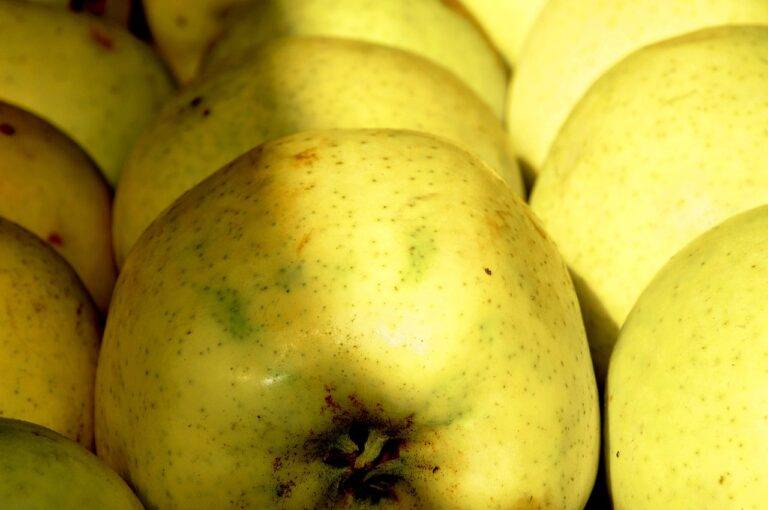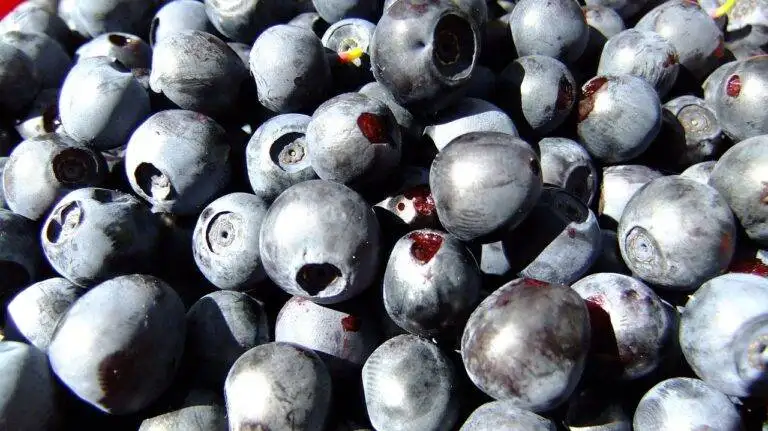Food Industry and Innovations in Flavor Development
Creating unique flavor profiles poses a myriad of challenges for food developers and flavorists alike. One significant hurdle is the need to balance complexity with palatability. While intricate flavor combinations can be intriguing, they run the risk of overwhelming the consumer’s palate, leading to an unpleasant experience. Achieving the perfect balance between novelty and familiarity is crucial in the quest for unique flavor profiles.
Additionally, sourcing quality ingredients plays a critical role in flavor innovation. The availability and consistency of key components can greatly impact the final taste of a product. Fluctuations in ingredient quality can introduce variability in flavor profiles, making it challenging for manufacturers to maintain a consistent and distinctive taste across batches. Navigating these obstacles requires a deep understanding of ingredient sourcing and an unwavering commitment to quality control.
Impact of Consumer Preferences on Flavor Trends
Consumer preferences play a pivotal role in shaping flavor trends within the food industry. As consumers become more health-conscious, there is a noticeable shift towards cleaner, natural flavors and ingredients. Manufacturers are adapting to this demand by focusing on incorporating fresh and organic components into their products. Furthermore, the rise in awareness of sustainability and ethical sourcing practices has pushed brands to explore unique flavor profiles that align with these values, thereby influencing the overall flavor landscape.
With the growing emphasis on global cuisine and multicultural flavors, consumers are increasingly open to trying new and exotic taste experiences. This openness has spurred innovation among food companies to experiment with bold and diverse flavor combinations from around the world. From spicy and tangy to sweet and savory, the market is witnessing a surge in novel flavor profiles that cater to the adventurous palates of consumers seeking new gastronomic adventures. As a result, consumer preferences continue to drive the evolution of flavor trends, prompting the industry to constantly innovate and push the boundaries of traditional flavor expectations.
Emerging Technologies in Flavor Creation
In the realm of flavor creation, emerging technologies are playing a pivotal role in pushing the boundaries of what is possible. From artificial intelligence algorithms that can analyze vast quantities of data to identify novel flavor combinations to advanced techniques in molecular gastronomy that allow for precise manipulation of taste and aroma, the landscape of flavor innovation is rapidly evolving. These technologies not only offer new avenues for creating unique and exciting flavor profiles but also help in streamlining the development process, making it more efficient and cost-effective.
One of the key advantages of these emerging technologies is their ability to cater to the ever-changing preferences of consumers. With the rise of health-conscious individuals and the growing demand for natural ingredients, flavor creators are under pressure to develop products that are not only delicious but also align with the shifting consumer preferences. Emerging technologies enable flavorists to experiment with different ingredients, textures, and sensory experiences, providing them with the tools needed to stay at the forefront of flavor trends and meet the demands of a dynamic market.
What are some of the challenges in creating unique flavor profiles?
Some challenges in creating unique flavor profiles include ensuring consistency in taste, navigating regulatory restrictions on certain ingredients, and meeting consumer expectations for clean label ingredients.
How do consumer preferences impact flavor trends?
Consumer preferences play a significant role in shaping flavor trends as they drive demand for certain flavors and ingredients. Companies often look to consumer feedback and market research to develop new flavor profiles that align with current trends.
What are some emerging technologies in flavor creation?
Emerging technologies in flavor creation include artificial intelligence for flavor prediction, advanced fermentation techniques for creating unique flavors, and 3D printing for personalized flavor experiences. These technologies are revolutionizing the way flavors are developed and produced in the food industry.







